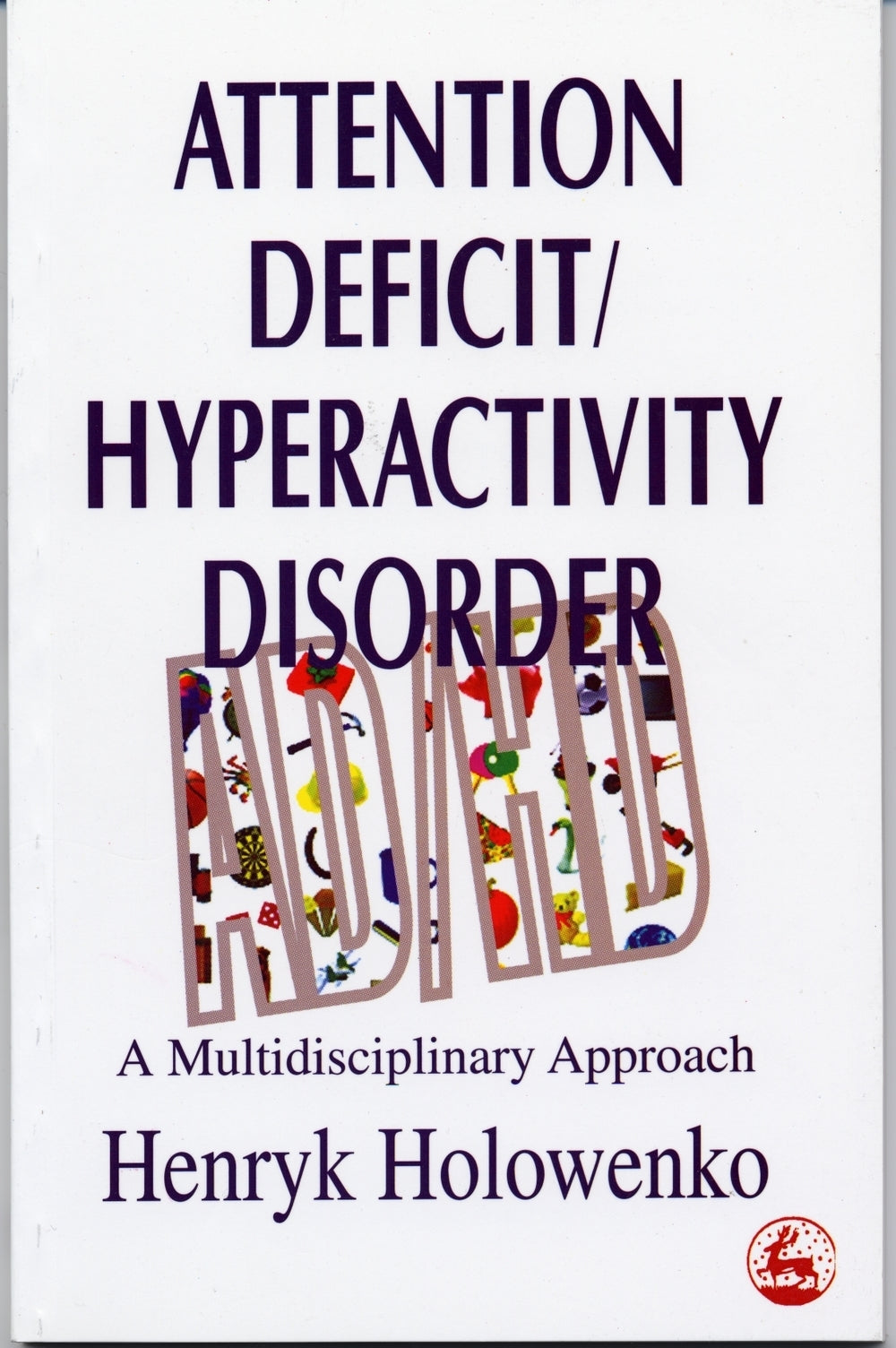
Press Reviews
Times Educational Supplement Special Needs magazine
A slim reference book which gives a quick and easy guide to identification and intervention for parents and schools. It has useful checklists, guidelines and practical suggestions for classroom organisation.
Emotional and Behavioral Difficulties
These two books are in a short series from Jessica Kingsley of short accessible guides to common disorders among children and young people. The book is written by practitioners for practitioners. Both books are jargon-free and include accessible accounts of the main characteristics of the disorders as well as practical guidance on how to meet the needs of individuals with experiencing these problems. An interesting feature of the book is that it has its origins in a Local Government's attempts to establish a multi-disciplinary policy on the subject. Thus in addition to information on the nature, assessment and intervention approaches associated with AD/HD there is a section headed 'policy guidelines' which provides a range of useful principles which should underpin practice in this area, and that would apply , in many instances, to a wider range of educational and medical problems professionals from different disciplines will find invaluable when seeking accessible, easily digestible information.
Educational Review
This is quite a small book but it has much to commend it. Chapter 5, 'Interventions at Home' spells out the implications for parents while honestly recognising their problems and their importance in the situation. This is followed up by some very clear and practical advice augmented in Appendix C, 'Information Sheet for Parents'. There is similarly practical information and advice for teachers in Chapter 4, but what pleases me most is the unashamed espousal of behavioural methods by the author throughout the book. On page 47 we find a list of nine practical ways of dealing with children who display AD/HD which are entirely behavioural and the point is made that all children need this kind of consistent support and help. Emphasis is placed on the need for close co-operation between schools and parents if progress is to be made and of the need for valid and reliable information for both parties which this little book provides. The important issue concerning the use of medication in the treatment of AD/HD is dealt with quite fully in Chapter 6. There is a good reading list and several pages full of useful contact addresses.
The Teacher
Written for teachers, parents, psychologists and other professionals who may be involved with children with attention deficit condition AD/HD, this book provides clear guidelines for the successful management of the problem of pattern behaviour much of which is outside the sufferer's control. Holowenko's book is a timely addition to the growing public awareness of the disorder and particularly valuable as it is based on the work of an inter-disciplinary group whose aim was to identify a consensus view on the disparate positions on AD/HD. For teachers having trouble coping with hyperactive children, chapter four "Interventions at school" suggests ideas and strategies to demonstrate how many impulsive and hyperactive children can be supported in a mainstream class. Helpful tips on classroom organisation; physical arrangements; lesson presentation; social skills and managing behaviours may be beneficial to the class as a whole. There is helpful guidance too in chapter five for parents struggling with their child's behaviour, which will help them to be consistent and positive. Plain common sense is evident in sections like "Planned Ignoring" that could be applied by parents dealing with any child having a bad-brat day or throwing a wobbly - switch on the Hoover and drown them out. I like it.
Therapy Weekly
The author has collated information from multidisciplinary working group meetings across Devon to develop a consensus approach from the disparate views held about AD/HD. This very readable 70 page book is aimed at parents and professionals working with this group of children. Chapters are set out clearly with sub-headings that can stand alone and be used for quick reference. The book begins with a short history of the recognition of AD/HD as a discrete deficit. A comprehensive chapter on diagnosis and assessment is followed by enumerated sections on strategies for targets and management in class and home. The author gives a brief and fair over-view of the sensitive issue of medication and details the five-stage procedure to statementing. This is a practical paperback to be kept close at hand when considering the management of these children. The information it contains is concise and readily accessible and the book includes 38 pages of appendices, references, recommendations for further reading, subject and author indices and addresses (including web-sites).
